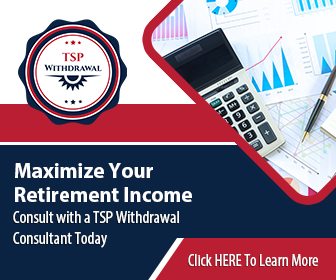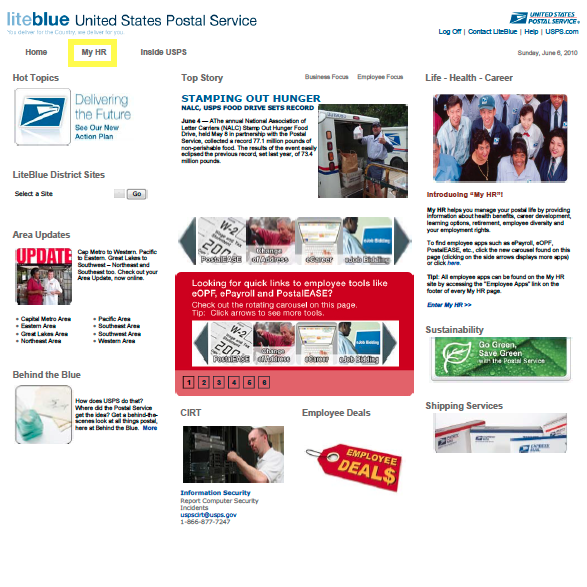TSP funds are available for participants in the Thrift Savings Plan. FERS or CSRS eligible employees can invest any portion of your retirement savings in the TSP Funds listed below: More information is avaialble at: TSP.gov
• TSP G Fund (Government Securities)
• TSP F Fund (Fixed Income Index)
• TSP C Fund (Common Stock Index)
• TSP S Fund (Small Capitalization Stock Index)
• TSP I Fund (International Stock Index)
• TSP F Fund (Lifecycle)
Below is information on the TSP funds available through the Thrift Savings Plan (TSP) and a brief description of some of the risks and rewards that should be considered as well as how the various TSP Funds might fit into your TSP Investment portfolio.
*Always consult with your own financial advisor before making any investment selection. More information is available through TSP.gov.
The TSP G Fund: Government Securities Investment Fund
The TSP G Fund’s investment objective is to produce a rate of return that is higher than inflation while avoiding exposure to credit (or default) risk and market price fluctuations. It invests exclusively in nonmarketable short-term U.S. Treasury securities that are specially issued to the TSP. The earnings consist entirely of interest income on these special securities.
Risks*
The TSP G Fund is subject to inflation risk, or the possibility that your G Fund investment will not grow enough to offset the reduction in purchasing power that results from inflation.
*For a complete list of potential risks and rewards please visit TSP.gov
Rewards
The payments of the TSP G Fund principal and interest is guaranteed by the U.S. Government. This means that the U.S. Government will always make the required payments. In other words, your G Fund investment is not subject to credit risk. Consider investing in the G Fund if you would like to have all or a portion of your TSP account protected from loss. If you choose to invest in the G Fund, you are placing a higher priority on the stability and preservation of your money than on the opportunity to potentially achieve greater long-term growth in your account through investment in the other TSP funds.
The TSP F Fund: Fixed Income Index Investment Fund
The F Fund’s investment objective is to match the performance of the Barclays Capital U.S. Aggregate Bond Index, a broad index representing the U.S. bond market. Its assets are held in a separate account and managed to track the Barclays Capital U.S. Aggregate Bond Index. This broad index includes U.S. Government, mortgage-backed, corporate, and foreign government (issued in the U.S.) sectors of the U.S. bond market. The earnings consist of interest income on the securities and gains (or losses) in the value of the securities. The F Fund uses an indexing approach to investing. In other words, it is a passively managed fund that remains invested according to its investment strategy regardless of conditions in the bond market or the economy.
Risks*
Because the F Fund’s returns move up and down with the returns in the bond market, an investment in the fund is subject to market risk. For example, when interest rates rise, bond prices (and thus, the returns of the index and the F Fund) fall. Conversely, in an environment of falling interest rates, bond prices, as well as the index and F Fund returns, rise.
As an F Fund investor, you are also exposed to credit risk, or the possibility that principal and interest payments on the bonds that comprise the index will not be paid.
The F Fund is also subject to inflation risk, meaning that your investment may not grow enough to offset the reduction in purchasing power that results from inflation.
It is also exposed to prepayment risk, which is the probability that if interest rates fall, bonds that are represented in the index will be paid back early, thus forcing lenders to reinvest at lower rates.
*For a complete list of potential risks and rewards please visit TSP.gov
Rewards
Although there are several types of risks associated with the F Fund, the overall risk is relatively low in comparison to certain other fixed income investments in the market because the fund includes only investment-grade securities. As a result, F Fund investors are rewarded with the opportunity to earn potentially higher rates of return over the long term than they would from investments in short-term securities such as the G Fund.










